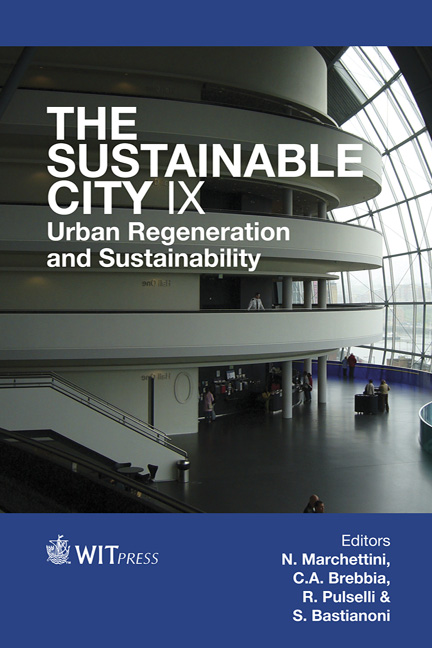Mexico City Adaptation: Water- And Energy-creating Microclimates
Price
Free (open access)
Transaction
Volume
191
Pages
12
Page Range
1213 - 1224
Published
2014
Size
3,109 kb
Paper DOI
10.2495/SC141022
Copyright
WIT Press
Author(s)
Z. A. Rodríguez Castillejos, U. Dietrich, G. Velasco Rodríguez, W. Dickhaut
Abstract
The history of Mexico City is bound to water. The city was founded within a lacustrine environment. But the alterations made by humans transformed a basin rich in water into a water scarce one, causing an imbalance in its radiant energy system and its water cycle. For this research, the analysis is based on the lakes desiccation as a crucial factor prompting the warming in the basin of Mexico, along with the urban growth. Based on that precondition this research investigates: If the original water and energy elements of the Valley of Mexico could be partially restored by the creation of microclimates, then the water cycle and the energy balance in the urban environment would stabilize. The possibilities will be explored through the analysis of the reintroduction of water elements in the urban environment of Mexico City, which seek to demonstrate three key factors. First the essential function of water as a thermostat and driver of human thermal comfort. Second the water as the basis of the natural radiant energy cycle restoring the growth of vegetation and biodiversity in the basin. Third its function as a stabilizer and generator of urban energy balance processes and vice versa, of radiant energy as the engine to achieve fundamental phases of the water cycle. Its complementary character will be strengthened by the proposal of design strategies that lead into a water and energy balance in Mexico City through the creation of microclimates for an effective adaptation to the environment and the climate changes caused by global warming.
Keywords
water and energy, sustainable city, microclimate, city adaptation





